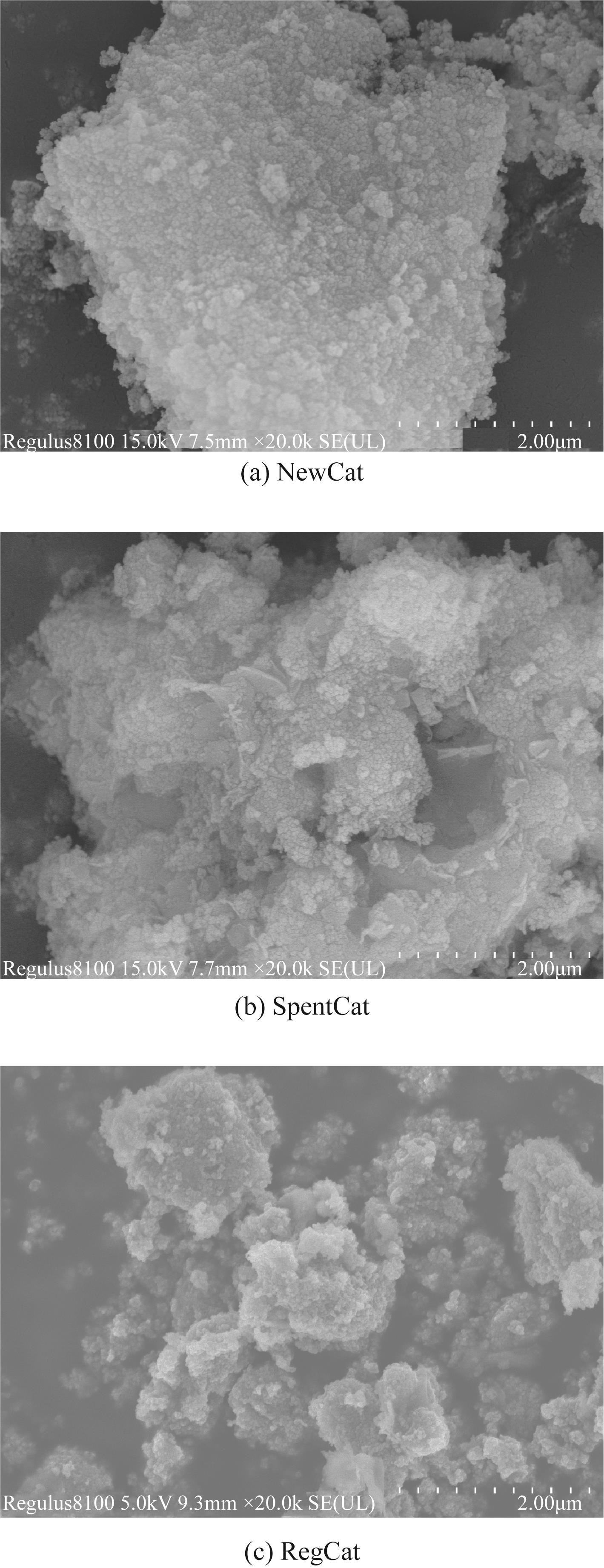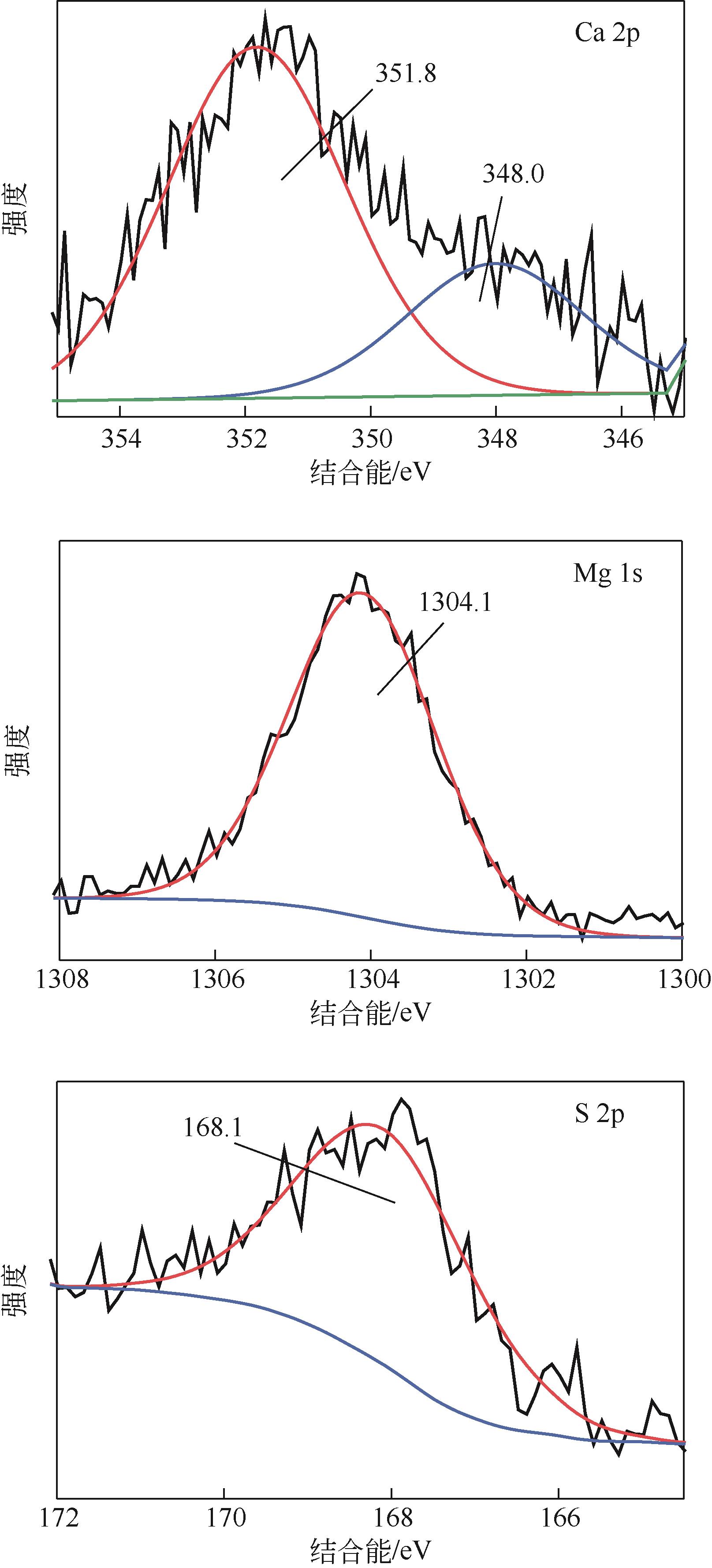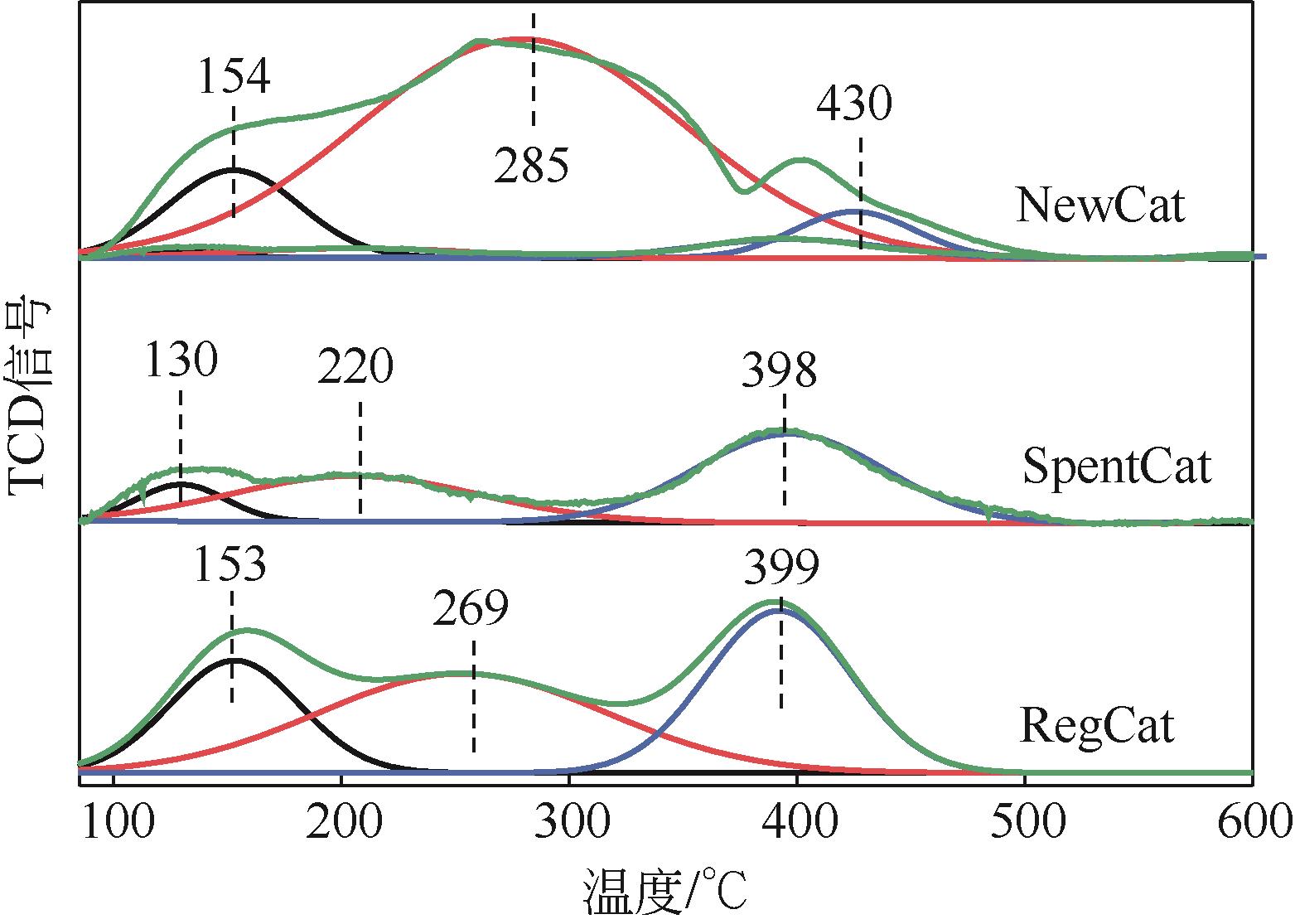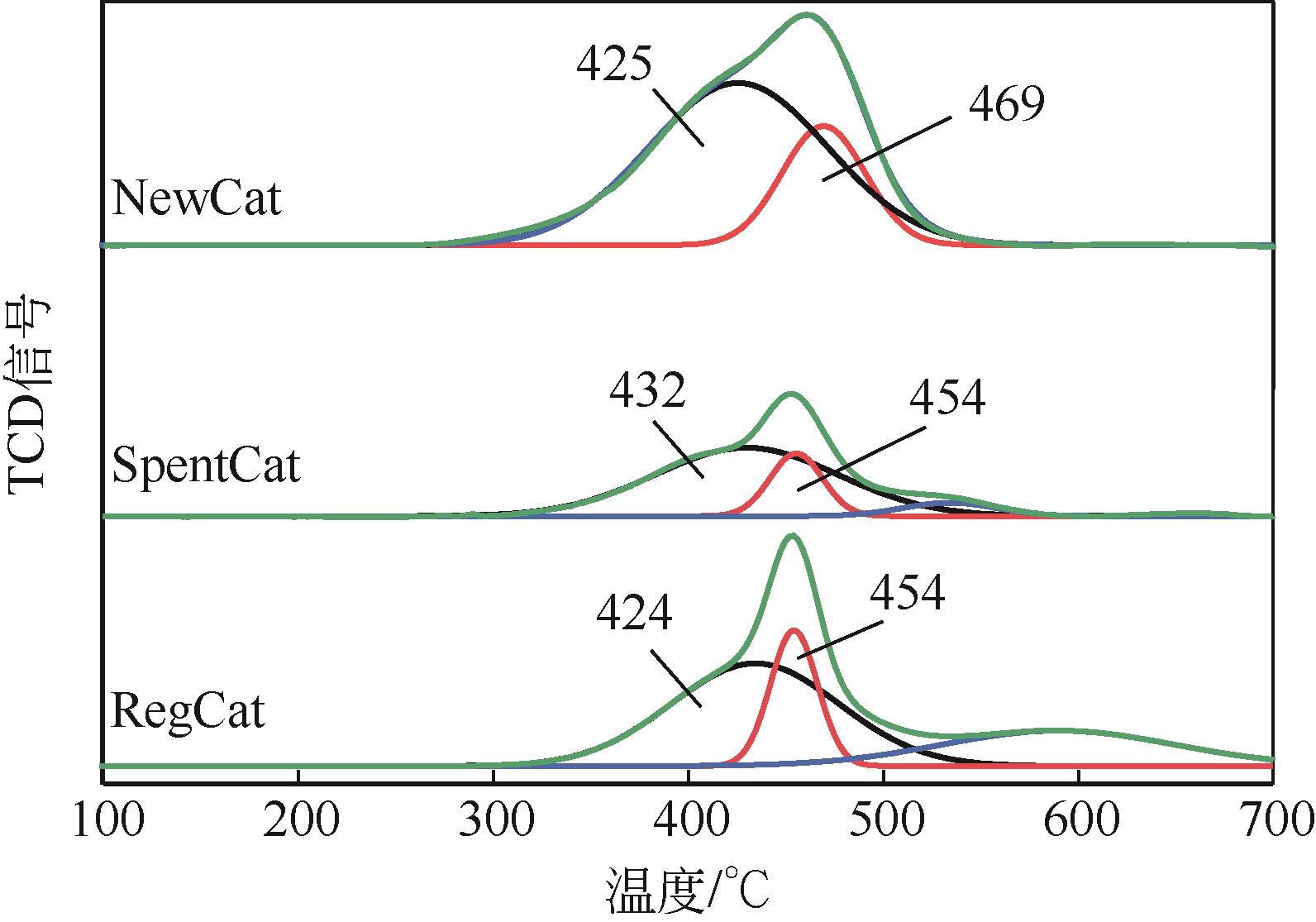| 1 |
何发泉, 王宝冬, 马少丹, 等. 生物质电厂SCR脱硝催化剂失效及再生研究[J]. 现代化工, 2017, 37(8): 72-76.
|
|
HE Faquan, WANG Baodong, MA Shaodan, et al. Deactivation mechanism and regeneration of SCR denitration catalyst served in biomass power plant[J]. Modern Chemical Industry, 2017, 37(8): 72-76.
|
| 2 |
朱子晗, 陈卫华, 华银锋, 等. 垃圾焚烧飞灰重金属药剂稳定化研究进展[J]. 化工进展, 2021, 40(11): 6358-6368.
|
|
ZHU Zihan, CHEN Weihua, HUA Yinfeng, et al. Research progress and consideration on medicament stabilization of heavy metals in waste incineration fly ash[J]. Chemical Industry and Engineering Progress, 2021, 40(11): 6358-6368.
|
| 3 |
XIONG S, CHEN J, LIU H, et al. Like cures like: Detoxification effect between alkali metals and sulfur over the V2O5/TiO2 deNO x catalyst[J]. Environmental Science & Technology, 2022, 56(6): 3739-3747.
|
| 4 |
能士峰, 刘庆岭, 张旺, 等. 垃圾焚烧SCR脱硝催化剂的研究进展[J]. 现代化工, 2022, 42(2):31-34.
|
|
NAI Shifeng, LIU Qingling, ZHANG Wang, et al. Research progress on application of SCR denitrification catalyst in waste incineration[J]. Modern Chemical Industry, 2022, 42(2):31-34.
|
| 5 |
邱琪丽, 蒋旭光. 垃圾焚烧飞灰在污染物控制领域中的应用探讨[J]. 化工进展, 2022, 41(7): 3855-3864.
|
|
QIU Qili, JIANG Xuguang. Application of municipal solid waste incineration fly ash in the field of pollutant control[J]. Chemical Industry and Engineering Progress, 2022, 41(7): 3855-3864.
|
| 6 |
兰馨, 赵玲. SCR催化剂抗碱(土)金属中毒及再生研究进展[J]. 环境化学, 2022, 41(11): 3778-3788.
|
|
LAN Xin, ZHAO Ling. Research progress on resistance to alkali (alkaline earth) metal poisoning and regeneration of SCR catalysts[J]. Environmental Chemistry, 2022, 41(11): 3778-3788.
|
| 7 |
周学荣, 张晓鹏. SCR催化剂碱(土)金属中毒的研究进展[J]. 化学通报, 2015, 78(7): 590-596.
|
|
ZHOU Xuerong, ZHANG Xiaopeng. Research progress in alkali metal poisoning of selective catalytic reduction catalysts[J]. Chemistry, 2015, 78(7): 590-596.
|
| 8 |
李可君, 李芳芹, 任建兴, 等. NH3-SCR脱硝催化剂现状及中毒失活现象研究进展[J]. 无机盐工业, 2022, 54(11): 18-24, 51.
|
|
LI Kejun, LI Fangqin, REN Jianxing, et al. Current situation of NH3-SCR denitration catalyst and research progress on poisoning and deactivation[J]. Inorganic Chemicals Industry, 2022, 54(11): 18-24, 51.
|
| 9 |
TANG F, XU B, SHI H, et al. The poisoning effect of Na+ and Ca2+ ions doped on the V2O5/TiO2 catalysts for selective catalytic reduction of NO by NH3 [J]. Applied Catalysis B: Environmental, 2010, 94(1/2): 71-76.
|
| 10 |
ZHENG Y, GUO Y, WANG J, et al. Ca doping effect on the competition of NH3-SCR and NH3 oxidation reactions over vanadium-based catalysts[J]. The Journal of Physical Chemistry C, 2021, 125(11): 6128-6136.
|
| 11 |
ZHANG D, WANG C, LIU Q, et al. The combined effects of alkaline-earth metal, SO2 and CO2 on the selective catalytic reduction of NO by NH3 over V2O5-WO3/TiO2 catalyst[J]. Environmental Technology & Innovation, 2019, 14: 100331.
|
| 12 |
LU Q, ALI Z, TANG H, et al. Regeneration of commercial SCR catalyst deactivated by arsenic poisoning in coal-fired power plants [J]. Korean Journal of Chemical Engineering, 2019, 36(3): 377-384.
|
| 13 |
QING M, SU S, WANG L, et al. Getting insight into the oxidation of SO2 to SO3 over V2O5-WO3/TiO2 catalysts: Reaction mechanism and effects of NO and NH3 [J]. Chemical Engineering Journal, 2019, 361: 1215-1224.
|
| 14 |
HE C, SHEN B, CHI G, et al. Elemental mercury removal by CeO2/TiO2-PILCs under simulated coal-fired flue gas[J]. Chemical Engineering Journal, 2016, 300: 1-8.
|
| 15 |
RAJA S, ALPHIN M S, SIVACHANDIRAN L, et al. TiO2-carbon nanotubes composite supported MnO x -CuO catalyst for low-temperature NH3-SCR of NO: Investigation of SO2 and H2O tolerance [J]. Fuel, 2022, 307: 121886.
|
| 16 |
HE C, SHEN B, CHEN J, et al. Adsorption and oxidation of elemental mercury over Ce-MnO x /Ti-PILCs[J]. Environmental Science & Technology, 2014, 48(14): 7891-7898.
|
| 17 |
CHEN L, LI J, GE M. The poisoning effect of alkali metals doping over nano V2O5-WO3/TiO2 catalysts on selective catalytic reduction of NO x by NH3 [J]. Chemical Engineering Journal, 2011, 170(2/3): 531-537.
|
| 18 |
WANG, P, GAO S, WANG H, et al. Enhanced dual resistance to alkali metal and phosphate poisoning: Mo modifying vanadium-titanate nanotubes SCR catalyst[J]. Applied Catalysis A: General, 2018, 561: 68-77.
|
| 19 |
SHI X, GUO J, SHEN T, et al. Improvement of NH3-SCR activity and resistance to SO2 and H2O by Ce modified La-Mn perovskite catalyst [J]. Journal of the Taiwan Institute of Chemical Engineers, 2021, 126: 102-111.
|
| 20 |
HE C, SHEN B, LI F. Effects of flue gas components on removal of elemental mercury over Ce-MnO x /Ti-PILCs[J]. Journal of Hazardous Materials, 2016, 304: 10-17.
|
| 21 |
何川, 张发捷, 卞子君, 等. CeO2改性再生SCR催化剂的单质汞氧化特性[J]. 化工进展, 2021, 40(1): 227-233.
|
|
HE Chuan, ZHANG Fajie, BIAN Zijun, et al. Oxidation of elemental mercury by CeO2 modified regenerated SCR catalyst[J]. Chemical Industry and Engineering Progress, 2021, 40(1): 227-233.
|
| 22 |
YE D, QU R, ZHENG C, et al. Mechanistic investigation of enhanced reactivity of NH4HSO4 and NO on Nb- and Sb-doped VW/Ti SCR catalysts[J]. Applied Catalysis A: General, 2018, 549: 310-319.
|
| 23 |
王丽霞, 仲兆平, 朱林,等. 铁铈复合选择性催化还原脱硝催化剂的碱金属(钾)中毒机理[J]. 化工进展, 2017, 36(11): 4064-4071.
|
|
WANG Lixia, ZHONG Zhaoping, ZHU Lin, et al. Alkali metal(potassium)poisoning mechanism of CeFeO x catalysts for selective catalytic reduction of NO x [J]. Chemical Industry and Engineering Progress, 2017, 36(11): 4064-4071.
|
| 24 |
LIU J, HE J, MAO D, et al. Research progress in the SO2 resistance of denitration catalysts in low-temperature NH3-SCR reactions[J]. Scientia Sinica Chimica, 2022, 52(4): 536-548.
|
| 25 |
尹子骏, 苏胜, 王中辉, 等. 燃煤烟气中SO3与NH4HSO4生成特性及其控制方法研究进展[J]. 化工进展, 2021, 40(4): 2328-2337.
|
|
YIN Zijun, SU Sheng, WANG Zhonghui, et al. Research progress on the characteristics and control methods of SO3 and NH4HSO4 formation in coal-fired flue gas[J]. Chemical Industry and Engineering Progress, 2021, 40(4): 2328-2337.
|
| 26 |
HUANG X, WANG D, ZHAO H, et al. Severe deactivation and artificial enrichment of thallium on commercial SCR catalysts installed in cement kiln[J]. Applied Catalysis B: Environmental, 2020, 277: 119194.
|
 ), 吴国勋1, 李昂1, 张发捷1, 卞子君1, 卢承政1, 王丽朋1, 赵民2
), 吴国勋1, 李昂1, 张发捷1, 卞子君1, 卢承政1, 王丽朋1, 赵民2
 ), WU Guoxun1, LI Ang1, ZHANG Fajie1, BIAN Zijun1, LU Chengzheng1, WANG Lipeng1, ZHAO Min2
), WU Guoxun1, LI Ang1, ZHANG Fajie1, BIAN Zijun1, LU Chengzheng1, WANG Lipeng1, ZHAO Min2








